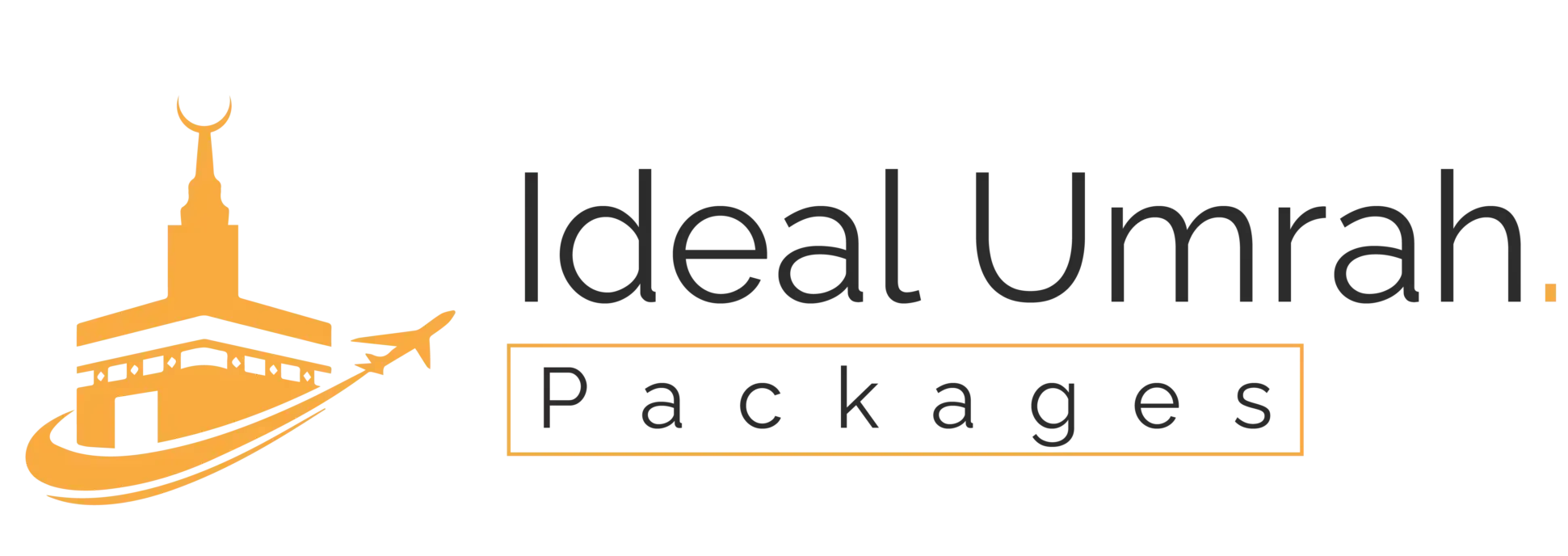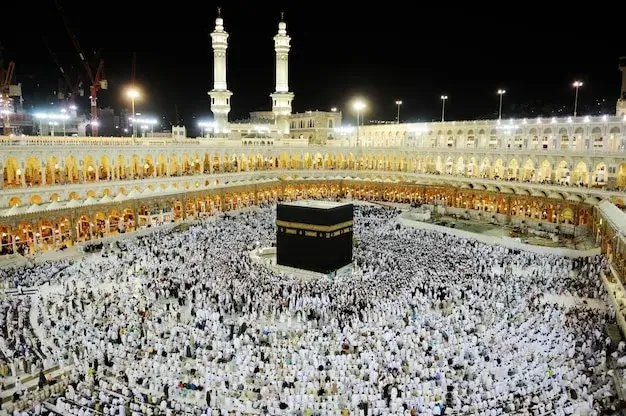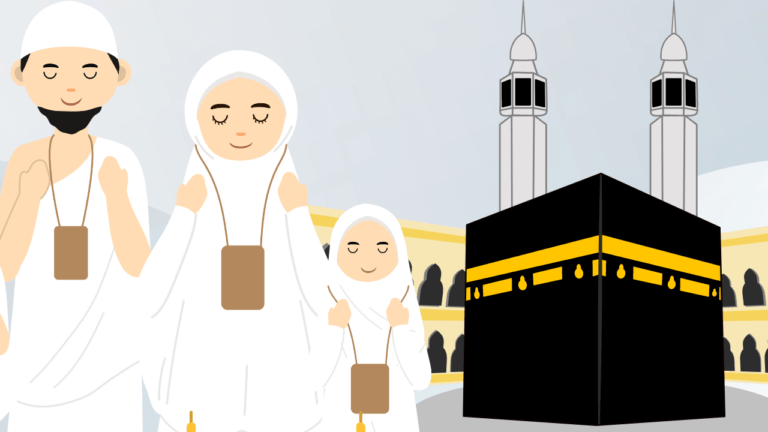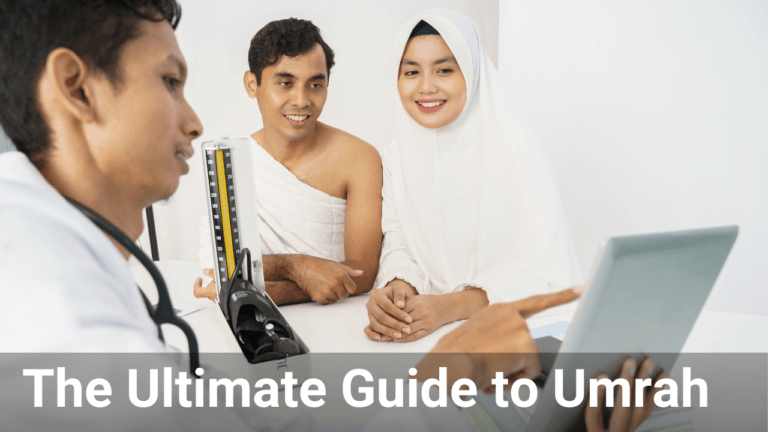A Comprehensive Guide to Perform an Umrah
Umrah is an Islamic pilgrimage obligatory for every Muslim who can afford it. It is based on the teaching of Prophet Muhammad (PBUH). Only fortunate people get the opportunity in life to perform Umrah. But proper guidance plays a pivotal role in making your Umrah acceptable in the eyes of Allah (SWT) if you have got the chance to seek the blessings of Allah and have worries about your Umrah, whether it will be accepted or not. Worry not. In this article, you’ll get a step-by-step guide to performing an Umrah.
The Umrah consists of four fundamental pillars.
1. Ihram
Ihram is a state of holiness and purification in which all the pilgrims clean their bodies and purify their spirits in order to seek blessing from Allah (SWT). The purpose of ihram is to bring pilgrims from all races, cultures, and social classes to the same state of ritual consecration.
Make sure to wear the Irham attire before entering the Meeqat. For men, two white unstitched clothes are allowed to wear, while for women, any kind of Muslim dress can be used to cover their body and head, exposing their face and palms.
Men wrap one part of their clothes on their lower body while the other part on the upper body drops over both shoulders or a single one.
DO’s and DON’Ts of Ihram
When you’re ready to enter the state of Ihram, don’t forget to follow these DO’S and DON’Ts to save yourself from any penalty.
DO’S
- Wear light-colored clothes (for women)
- Ihram must be thick and plain (for women)
- Calves must be visible (for men)
- Irham attire must be new
DONT’S
- Cutting hair and nails or using perfume
- Terminating your beard
- Obscene or immoral speech
- Hunting
- Wearing gloves
- Men wearing anything on their heads
- Women covering their faces
Entering the Miqaat Points
When you have finally adopted the state of holiness, it’s time to enter the Miqaat.
There are a total of five Miqaat points from where you enter according to your region.
1 Dhul-Hulayfah (also known as Abyar ‘Ali)
Pilgrims coming from the direction of Medina or other areas from the west can enter through this point. if you are going to medina then you should visit the top 10 places to visit in medina.
2 Al-Juhfah:
This point is for the pilgrims coming from the direction of Syria, Egypt, or
other areas from the north.
3 Qarn al-Manazil (also known as As-Sail Al-Kabeer):
Use this point if your arrival is from Najd or other areas from the east.
4 Yalamlam
Pilgrims coming from the direction of Yemen or other areas from the south use this entrance point.
5 Dhat Irq
This is the Miqat point for pilgrims from Iraq or other areas from the northeast.
At the Miqat, make your intention and recite these words;
Labbayk Allahumma bi ‘Umrah”
(Here I am, O Allah, for ‘Umrah)
After this, recite the Talbiyah;
“Labbayka Allahumma labbayk, labbayka laa shareeka laka labbayk. Inna al-hamd wa’l-ni’mata laka wal-mulk, laa shareeka lak”
Pilgrims should keep reciting Talbiyah until he/she gets to the performance of Tawaaf.
2. Tawaaf (Around the house of Allah)
After you have finished the ritual of Ihram, enter Masjid-ul-Haram with your right foot and recite;
“Bismillaah wa’l-salaatu wa’l-salaam ‘ala Rasool-Allaah. Allaahumma ighfir li dhunoobi waftah li abwaab rahmatika. A’oodhu Billaah il-‘Azeem wa bi wajhih il-kareem wa bi sultaanih il-‘qadeem min al-Shaytaan il-rajeem”
After this, touch the Black Stone( Hajr e Aswad) and kiss it before starting your Tawaf. If you can’t kiss the black stone, simply touch it with your right hand and kiss the hand. Sometimes, during a crowded situation, it is not feasible for pilgrims to touch the stone; in this case, face yourself in the direction of the black stone only and start your Tawaaf.
During your tawaf, keep your right shoulder uncovered, also known as Idtibaa, and start moving in the Anti-clockwise direction while Kaaba is on your left side. Practice Ramaal in your first three rounds, in which pilgrims walk swiftly with little steps avoiding Hijr Ismail. If you happen to walk through Hijr Ismail, your round will not be counted, and you will have to start it again.
Besides the first three rounds, you can walk at your average pace.
Go to the station of Ibrahim (Maqaam e Ibrahim) upon finishing seven rounds of Tawaaf and offer two rakat prayers behind Maqaam e Ibrahim. If offering prayer behind Maqaam e Ibrahim is challenging, then you can do it anywhere in the mosque. During the first rakat, recites Surah Al-Kafirun, and during the second rakat, Surah Al-Ikhlaas is recited.
3. Sa’i between Safa and Marwah
Like Tawaaf, Saa’i is mandatory for pilgrims, an act of pacing from Safa to Marwaah and Marwaa to Safaa by seven times.
Starting your Saa’i with Wudu is recommended, but it’s not obligatory.
Climb up at the top of Safa Hill, where Kaaba must be visible. There is no specific prayer you should do at the top of Saafa, but you can recite the following dua recited by our Holy Prophet Muhammad (PBUH);
“Laa ilaaha ill-Allah wahdahu laa shareeka lah, lahu’l-mulk, wa lahu’l-hamd, wa huwa ‘ala kulli shay’in qadeer. Laa ilaaha ill-Allah wahdah, anjaza wa’dah, wa nasara ‘abdah, wa hazamaa al-ahzaaba wahdah”
Repeat this three times and then head towards Masrwa, walking through the green lights (men). Upon climbing up the Marwa hill, recite the same due you did at Saafa.
After completing seven circuits, your saai” will be ended.
4. Halq or Taqsir
In this last step, men must shave their heads or cut their hair equally, while for women cutting their hair off one fingertip is obligatory to exit the state of Irham.
After the completion of the Halq or Taqsir, pilgrims complete to perfrom their Umrah.
Conclusion
The Islamic pilgrimage of Umrah comprises a series of significant rituals, each carrying deep spiritual meaning. From Ihram, the state of sacred purity, to Tawaaf, the act of reverence around the Kaaba, the Sa’i, which signifies perseverance; and finally, Halq or Taqsir symbolizing the end of the spiritual journey. Understanding and fulfilling these pillars indeed ensures a fruitful and rewarding Umrah pilgrimage.







